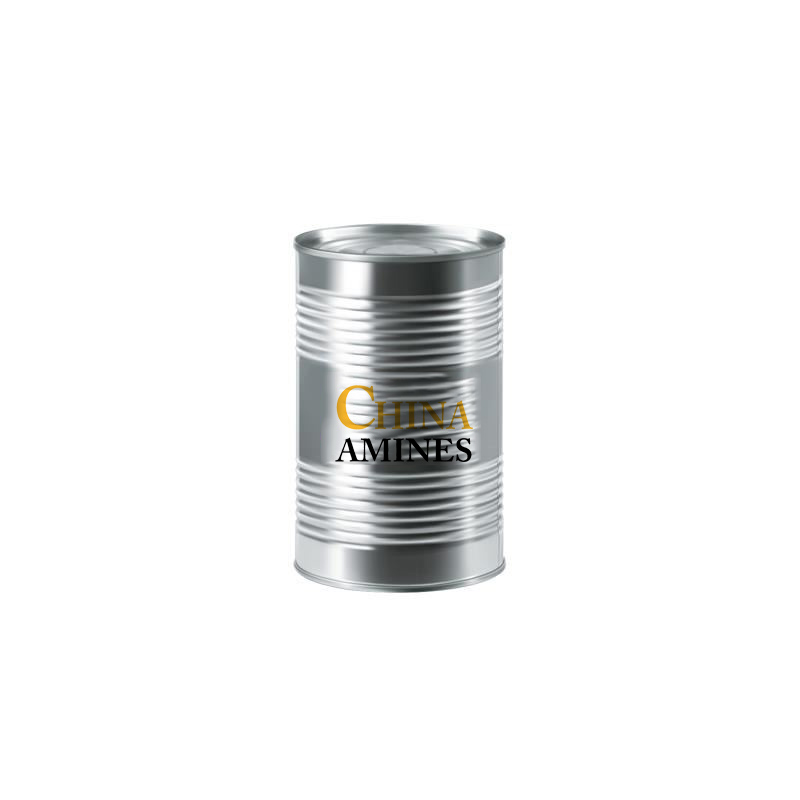1. Chemical Structure and Properties
Molecular Formula: C₁₄H₂₆O₄
Structural Formula:
CH₂CH₂COO(CH₂)₄COOCH₂CH₂CH₂CH₃
A diester formed by the esterification of adipic acid with two molecules of n-butanol.
Physical Properties:
Appearance: Clear, colorless to pale yellow oily liquid with a faint ester-like odor.
Boiling Point: 330–335°C; Density: 0.96–0.98 g/cm³; Vapor Pressure: <0.01 mmHg at 25°C.
Solubility: Insoluble in water; miscible with alcohols, esters, and hydrocarbons.
Chemical Properties:
Hydrolysis Stability: Stable under neutral conditions; hydrolyzes in strong acids/bases to adipic acid and butanol.
Thermal Stability: Decomposes above 250°C, releasing CO₂ and hydrocarbons.
Flammability: Combustible (flash point: ~160°C).
2. Industrial Applications
Plasticizers:
PVC & Polymers: Widely used as a low-volatility plasticizer in flexible PVC products (e.g., cables, films, synthetic leather) to enhance flexibility and durability.
Cosmetics:
Emollient & Solvent: Incorporated into lotions, creams, and nail polish for its non-greasy texture and compatibility with skin.
Lubricants:
Synthetic Base Oil: Improves low-temperature performance in industrial lubricants and metalworking fluids.
Chemical Synthesis:
Intermediate: Produces specialty esters for adhesives, coatings, and biodegradable polymers.
3. Safety and Toxicology
Health Hazards:
Acute Exposure:
Skin Contact: Mild irritation (rabbit skin LD₅₀: >5,000 mg/kg); negligible systemic absorption.
Inhalation: Low volatility minimizes risk (TLV-TWA: Not established); handle as nuisance vapor.
Ingestion: Low toxicity (oral LD₅₀ rat: >10,000 mg/kg); gastrointestinal discomfort.
Chronic Effects:
Carcinogenicity: Not classified (IARC Group 4); no mutagenicity observed in Ames tests.
Reproductive Toxicity: No teratogenicity reported in OECD 415 studies.
Protection Measures:
PPE: Nitrile gloves, safety goggles, and general ventilation.
Storage: Stable in HDPE containers; store away from oxidizers.
4. Environmental and Regulatory Compliance
Environmental Impact:
Biodegradability: Moderate (OECD 301F: 40–60% in 28 days).
Aquatic Toxicity: LC₅₀ (fish, 96h): >100 mg/L; EC₅₀ (daphnia): >50 mg/L.
Bioaccumulation: Low (log Kow: ~4.2).
Regulatory Frameworks:
EU:
REACH: Registered with no SVHC listing; CLP classification Not Hazardous.
USA:
EPA: TSCA-listed; approved for food-contact materials under FDA 21 CFR 175.300.
China:
GB 9685-2016: Permitted as a food-contact plasticizer under strict migration limits.
Waste Management:
Incinerate in approved facilities; landfill disposal permitted for neutralized residues.
5. Case Studies and Application Insights
Case 1: Phthalate-Free PVC Toys (Mattel, 2023):
Challenge: Replace phthalates in children’s toys with safer alternatives.
Solution: Dibutyl adipate adopted as a primary plasticizer in flexible PVC components.
Result: Achieved compliance with EU Toy Safety Directive (2009/48/EC) and reduced endocrine disruption risks.
Case 2: Sustainable Lubricants (Shell, 2022):
Process: Developed biodegradable lubricants using dibutyl adipate as a base oil.
Impact: Reduced environmental toxicity by 50% and met ISO 15380 standards for eco-friendly lubricants.
Comparative Analysis:
Dibutyl Adipate vs. DEHP:
Pros: Lower endocrine disruption risk; better biodegradability.
Cons: Slightly higher cost and lower plasticizing efficiency.
Dibutyl Adipate vs. DINCH:
Pros: Superior compatibility with PVC; faster processing times.
Cons: DINCH offers lower migration rates in food-contact applications.
Specifications:
2-Ethoxyethanol, also known by the trademark Ethyl cellosolve, is a solvent used widely in commercial and industrial applications. It is a clear, colorless, nearly odorless liquid that is miscible with water, ethanol, diethyl,ether, acetone, and ethyl acetate.[3]
2-Ethoxyethanol is manufactured by the reaction of ethylene oxide with ethanol.
As with other glycol ethers, 2-ethoxyethanol has the useful property of being able to dissolve chemically diverse compounds. It will dissolve oils, resins, grease, waxes, nitrocellulose, and lacquers.[3] This is an ideal property as a multi-purpose cleaner, and, therefore, 2-ethoxyethanol is used in products such as varnish removers and degreasing solutions.


